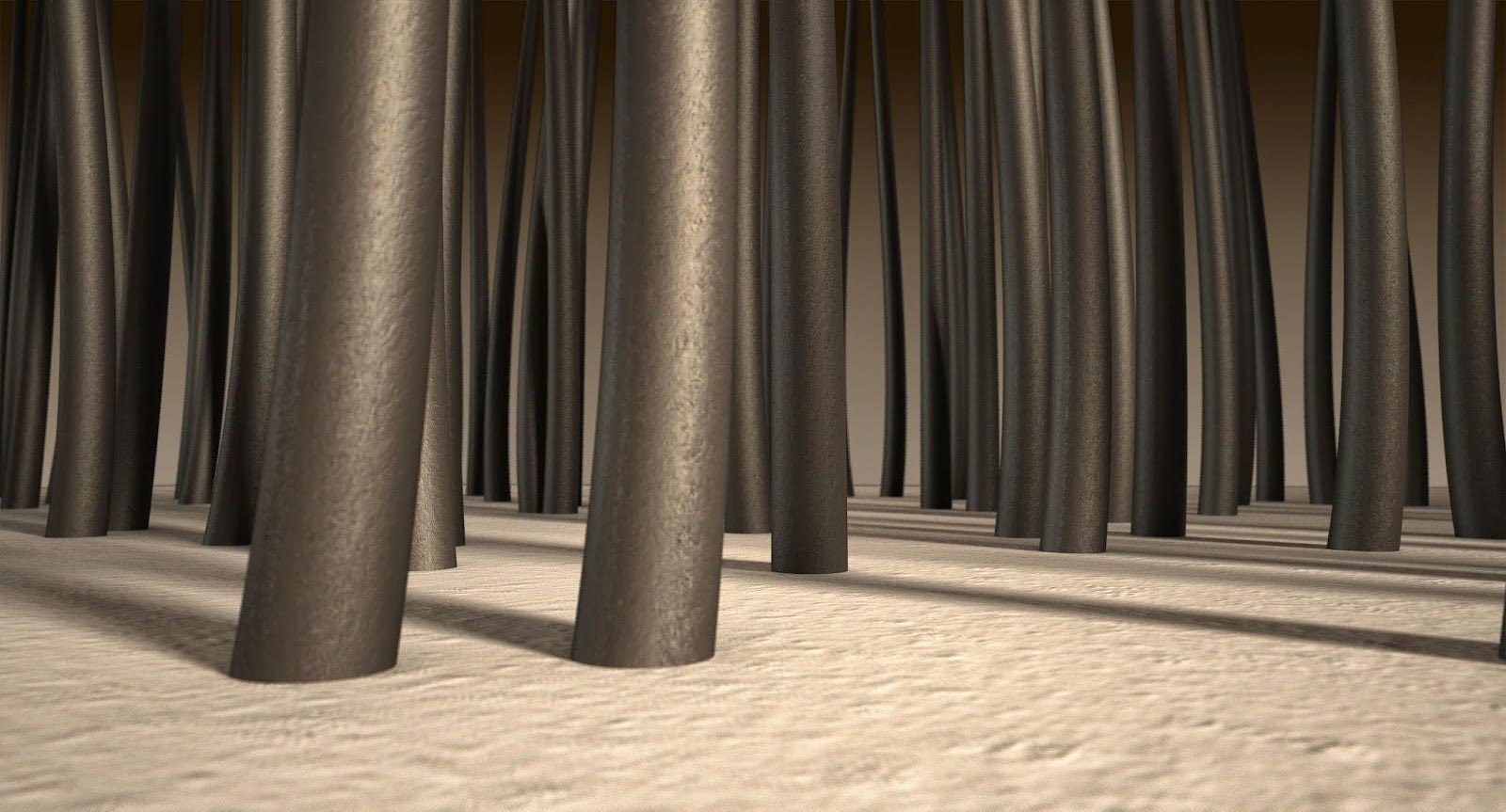The Disadvantages of Hair Testing

Does Hair Follicle Testing Really Work?
Because of its non-invasive nature, hair testing has been on the rise for the last few years. Personnel can watch a donor remove their hair or even do it for them, as opposed to a urine test where donors are given the privacy of urinating in private (most of the time). However, hair testing is not fool proof, and there are many disadvantages that come with this relatively recent form of drug testing.
How Does Your Hair Grow?
At the base of each and every one of your hairs is a hair follicle that anchors your hair to your skin. The hair follicle consists of a hair bulb at the base of the follicle, which contains living cells that continually divide and grow to build the hair itself. Like every other cell in your body, these cells require blood to provide the essential nutrients needed to grow properly.
When you use drugs, traces of the drug or metabolites are deposited into or onto your hair via the blood capillaries that supply the hair follicle, or the sweat glands nearby. As your hair grows (at an average rate of 0.5 inches per month), these traces remain, like the rings found inside a growing tree.
Head hair takes between 5 and 7 days to grow from inside the scalp to above the hairline, whereas body hair takes a substantially longer period of time to grow out properly.
How Does Hair Follicle Testing Work?
When companies decide to use hair follicle testing for drug abuse, roughly 1.5 inches of hair will be cut from the back of your scalp right at the hairline and placed into a sealed container. This hair is then sent to the lab to be processed. Because it requires lab analysis and testing, drug screening using hair follicles takes a lot longer than saliva or urine tests, and is often more expensive.
Disadvantages of Hair Follicle Testing
- Detection of drug usage depends on the length of the donor’s hair, and many members of the population do not have long enough hair for conclusive test results.
- Hair follicle tests cannot determine recent drug use. Because head hair takes about a week to grow, if a convicted criminal claims to have been under the influence of drugs while committing a crime any hair that was taken directly after the crime was committed will not be able to provide any conclusive evidence. A prosecutor would have to wait approximately 7 days for the criminal’s hair to grow out, which could waste valuable time and resources of those attempting to solve the crime as quickly as possible.
- Body hair takes even longer than head hair to grow, and often does not grow long enough to provide conclusive evidence of drug use.
- Because the test analyses 1.5 inches, which is approximately equal to 90 days, it can be difficult to prove a false positive. Say, for example, you ate a whole poppy seed loaf or a few poppy seed muffins two months ago. Your hair follicle test will most probably be positive for opium, because poppy seeds are not always processed properly and can contain large quantities of opium or morphine. How do you prove that you ate grandma’s muffins and didn’t take a lot of opium on a wild night out? The answer is that, more often than not, you can’t prove it.
- There are literally hundreds of websites online that advertise detox shampoos or bleaches as well as positive testimonies that boast ways to remove drug traces from hair. While these online claims are based more on opinion rather than hard fact, if such products do prove to be scientifically effective their results could easily bring into question the efficacy of hair follicle testing in the future.
- Environmental exposure can also result in false positives, as was the case with Boston African-American police officers who won a lawsuit regarding the environmental contamination of their hair as a result of working in the field and dealing with drug suspects.
Remember, you have the right to challenge the results of a drug test. Do not hesitate to contact a forensic lawyer if you feel you have been wrongfully treated.




